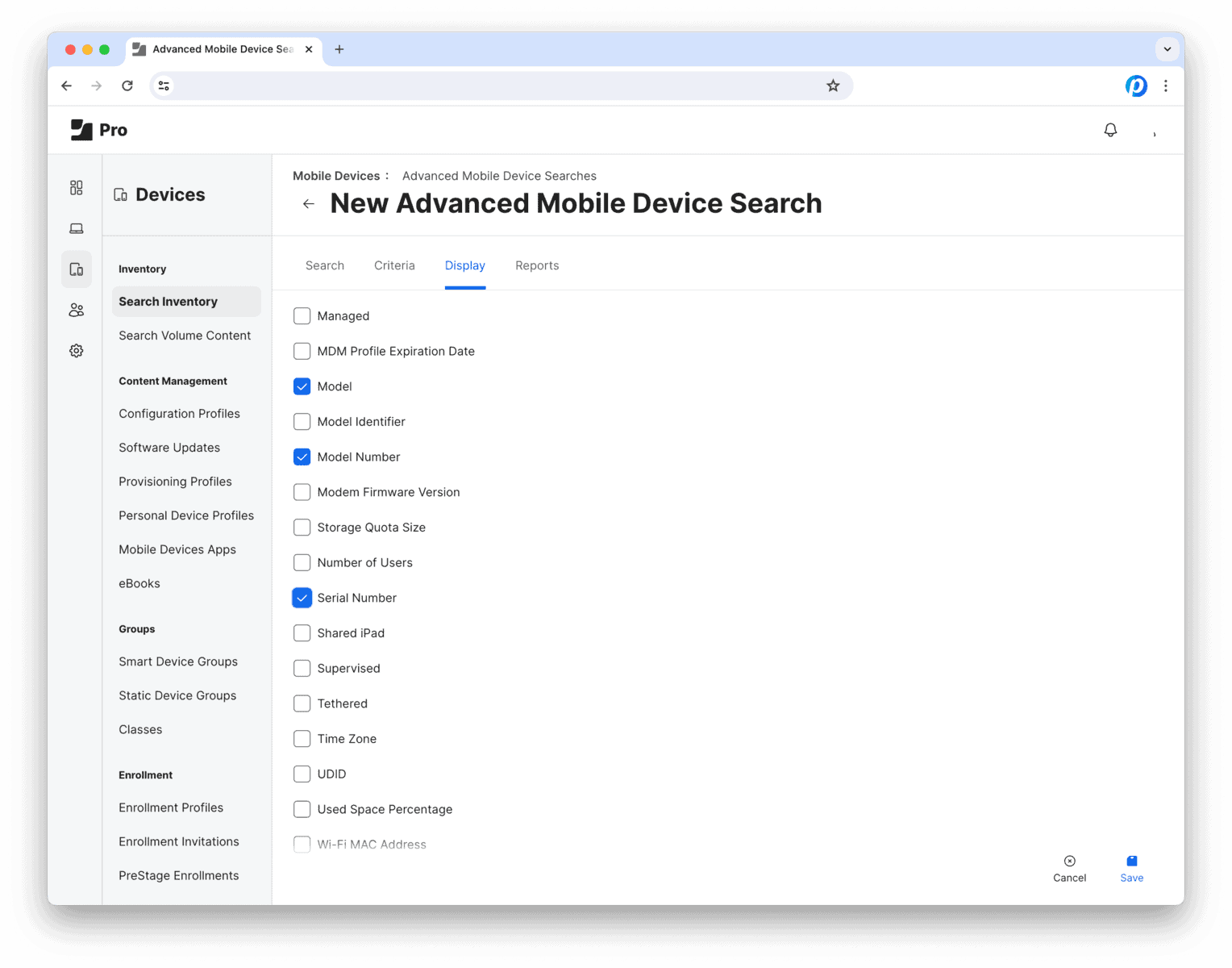From advanced camera technology to high speed and facial recognition, smartphone innovation has come a long way over the last ten years. And their popularity has never been higher.
Nielsen group researchers reported that smartphones account for four out of every five phones purchased in the U.S. And with the number of smartphone users at 3.8 billion people globally in 2021 (almost half of the world’s population), the effect they have on our lives will only continue to grow.
What does the future look like for smartphones? Take a look:
Faster Access Than Ever Before
Data speeds have increased steadily since the advent of smartphones, and they’re only going to get faster. Fifth-generation or 5G cellular networks were rolled out worldwide beginning in 2019 as a successor to 4G. They provide high speeds and shorter lag times as well as the ability to connect to multiple devices without being impacted. 5G networks will have more than 1.7 billion subscribers by 2025, according to the GSM Association and as the infrastructure continues to be built, more users will be able to widely engage in experiences with their phones that require high-speed, like augmented reality, on a more mainstream basis.
Selfie Cameras That Can’t Be Seen
When ZTE released the Axon 20, it became the world’s first phone on the commercial market to have an under-display selfie camera, that is, a front-facing camera that’s actually located underneath the screen. While reviews praised it as a major achievement, there were also concerns that the innovative technology had not matched another aspect of phones consumers demand today: high quality cameras. As customer preferences continue to lean towards bigger, aesthetically pleasing screens, we’re bound to see more of this trend from manufacturers, who will not just implement but refine the technology to marry style with substance.
Voice Assistants Who Really Know You
Speech recognition isn’t exactly new technology. In fact, IBM introduced the first speech recognition tool in 1961, but it wasn’t until 2012 with the launch of Apple’s Siri when voice interaction technology went into overdrive. The last decade has brought digital assistants across all aspects of our lives, from the office, to our cars and homes. As the digital transformation has accelerated and millennials and Gen Z are driving changes in efficiency and convenience in consumer behavior, that trend is set to grow – but with improved tech. Voice assistants of the future will really get to know us, understanding our voices more efficiently and quickly. They’ll also offer bespoke, personalized experiences, helping us make sense of our schedules and day-to-day lives in ways that live up to their “assistant” titles.
Face Mapping That Senses Human Skin
Consumers looking for extra security verification for their devices who don’t mind their faces being scanned will appreciate advances in 3D face mapping, which will include live-skin-sensing technology. Yes, that means your phone will be able to tell if you’re an actual living, breathing human or, well, something else. Trinamix, a company based in Germany is leading the wave and hopes to bring it to the consumer phone market this year. The tech can also turn your phone into a dedicated member of your glam squad: used to determine what cosmetics are right for your skin.
Want to learn more about our simple upgrade solutions? Let’s talk!








